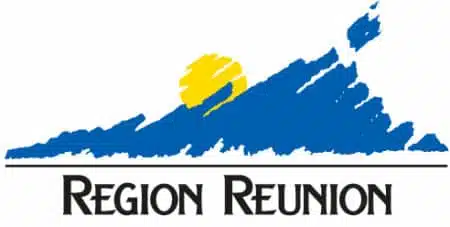Greener internet
Too much paper and not enough trees? Dematerialize your files! Transportation is becoming more and more polluting? Home Office will change your life! Planes are earth-killers? Stop travelling, discover the world throughout Google Maps! The Vanilla islands tell you more on greener internet
The web, world champion of ecology?
Unfortunately, the equation in not that simple, and can be sum up in a unique key figure: today the global digital technology is five times more energy intensive than the whole french car fleet!
In one hour, 140 million searches are launched on Google in the entire world, equivalent to 100 Paris-New York round trips as far as power consumption is concerned. Yeah, you’re not hallucinating!
So, let’s stop everything and go back to paper?
As in all industries, the environmental responsibility of the digital sector is shared by professionals and consumers: if carrier pigeons have very little chances to make their comeback, big changes begin with minor deeds, and proper reflexes on a large scale.
Reducing our ecological footprint on the web: the citizen habits
As an end-user of the web, many actions help reducing our energy consumption, and our impact on the environment:
- Activate the Dark Mode if suggested and lower your screen brightness
- Set your terminals on the “energy saver” mode
- Close your browser’s unused windows
- Adopt ecological search engines such as Ecosia or Lilo,
- Unsubscribe from unnecessary newsletters using solutions like Cleanfox,
- When listening to music, choose audio streaming (Deezer, Spotify…) rather than videos.
- …
What actions can website publishers adopt for more responsible websites?
Agencies, freelancers and SEO managers have numerous levers that allow them to optimize the environmental performance of their websites. And the good news is that a website that cares about our natural surrounding also pleases Google and its users!
The main lever of green performance for a website is its weight: the heavier, the more it will consume the server resources – and then energy – for each page load. Optimizing the weight of a website is not only a good SEO habit but also a virtuous green practice that will probably become inescapable soon.
How to optimize the weight of a website?
As any substantive subject, a website’s byte war starts during its conception: when designing an interface, it will be necessary to adopt a minimalist approach and to remove all the unnecessary information.
In the same idea, we will avoid multiplying useless pictures and videos, and prefer vector illustrations and typographies, less energy consuming.
This “less is more” philosophy must be pursued during the technical creation of the site, in addition to the W3C good practices, a few optimizations will be recommended:
- Caching resources
- Minimizing the weight of the images
- Optimizing their size
- When possible, creating images in most recent formats (webp…)
- Minimizing requests
- Using a CDN to reduce the bandwidth usage
How to assess the environmental impact of my site?
There’s a good news for you! Many labels and tools allow a quick self-assessment of your website, including Page Speed Insights, Google’s performance tool, which will help you optimize load time and by implication, the green performance of your website.
You can also use specialized labels like Ecoindex which use most of the performance tools evaluation criteria and translate it into an easily understandable rating and ranking.
Everyone knows that preserving our environment is now a necessity, on the world wide web, it has also become a virtuous dynamic, which creates positive effects for the users and the search engine.
The byte hunt can now begin!







